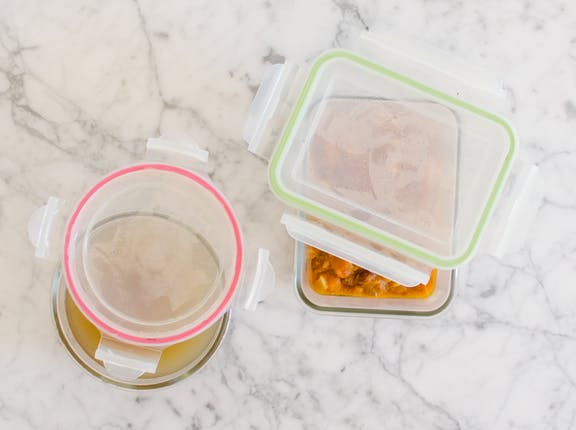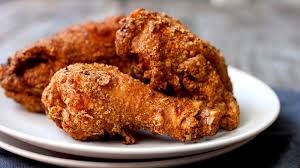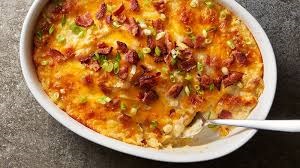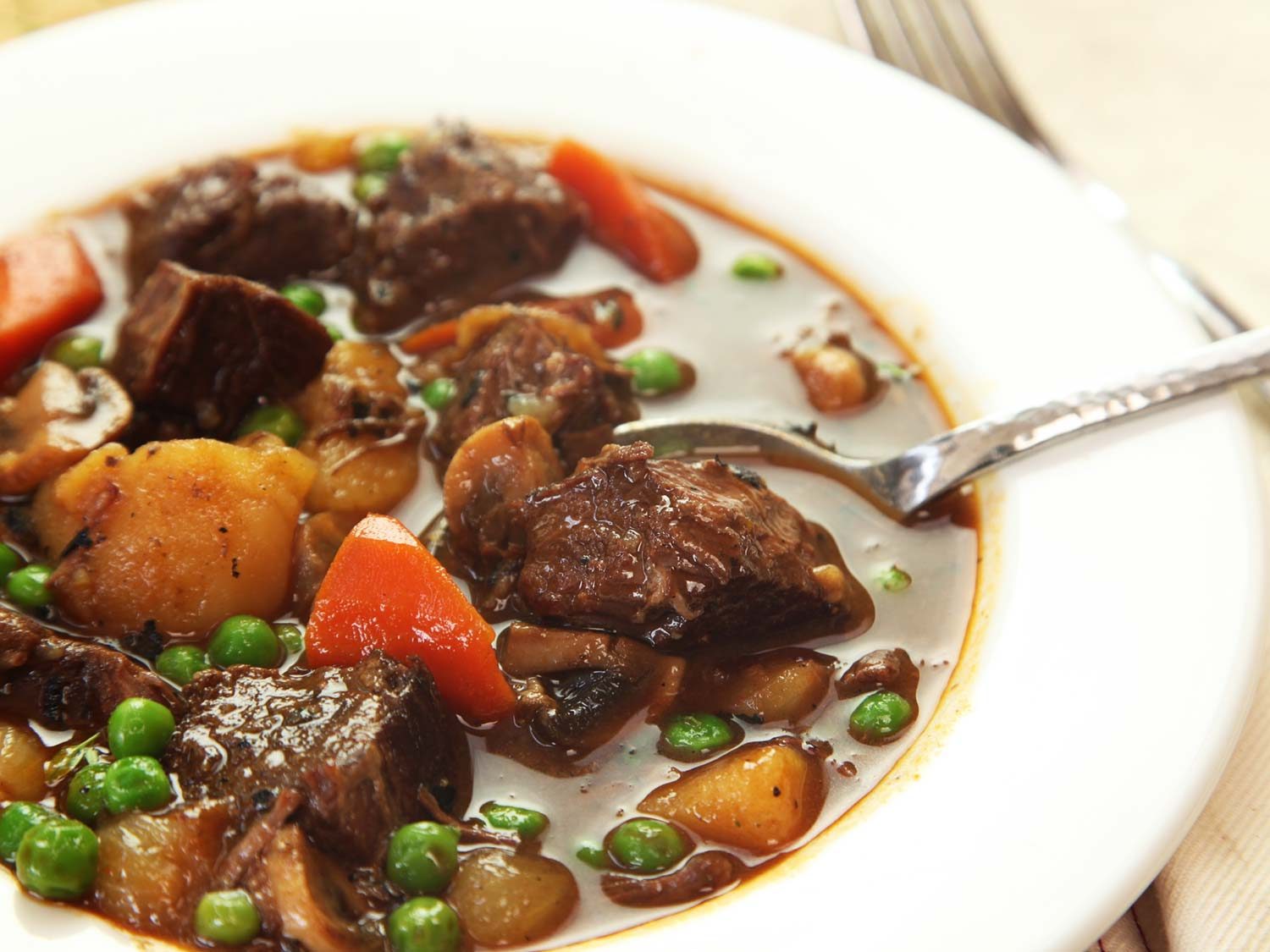Don’t Even Think of Using Your Microwave For Leftover Night Again!
No matter what types of foods you typically make for your family every week, people all over usually have one meal in common each week and that’s leftover night. Wahoooo! Who doesn’t love a good leftover night?? Nobody. Nobody loves a good leftover night. However, they are quite necessary. Growing up in a large family with 10 people, as soon as you’d start smelling weird combinations of things being reheated in the microwave you knew it was a battle to get to the kitchen to pick out what your plate was going to consist of so you weren’t stuck with something like an enchilada with a side of coleslaw with some lumpy mashed potatoes and gravy for your dinner that night.

As much as we all wish the mashed potatoes and gravy could taste the same as they do the first night, sadly, most foods just do not reheat the same. However, we can make the best with what we’ve got and I would like to share a few tips I learned from thekitchn.com to help us get as darn close to the original state as we can!
BASIC RULE OF THUMB FOR REHEATING
If you have all the normal appliances and tools of a full kitchen at your disposal, this is the basic rule of thumb in deciding the best method.
Reheat food in the same place where it was originally prepared.
This generally works well, like reheating soup in a pot or roast chicken in the oven, because using the same method probably means that your food will heat up close to how it originally was. Sometimes you can’t do that if all you have is the office microwave or you might not want to use the original cooking method for reheating like deep-frying chicken again.

So here are some ideas on how to use the main three appliances used to reheat foods: the oven or toaster oven, the microwave, and the stove top.
FOODS TO REHEAT IN THE OVEN OR TOASTER OVEN
The toaster oven is a great go-to for reheating because it provides gentle, even heating. If you're worried that food will dry out, just cover it with foil. Aim for a low-temperature oven (no more than 350°F), and check on your food once in a while until it's heated through.
These are foods that reheat well in an oven or toaster oven.
Crusty breads
Fried or breaded foods
Baked goods
Roasted or grilled meats
Seafood
Pizza
Grilled Sandwiches
FOODS TO REHEAT IN THE MICROWAVE

The microwave is undoubtedly one of the fastest ways to heat or reheat food, but the texture of some foods can suffer in the process. Foods that don't have a crisp crust generally reheat well in a microwave.
Soups
Stews
Sautes and stir-fries
Steamed or boiled vegetables
Rice, pasta and noodles
Casseroles
When reheating food in a microwave, technique is important. Spread food out in an even layer, cover with a damp paper towel to help create some steam while the food is heating so it doesn't dry out, and stir every so often to promote even heating, as there are usually hot spots even in microwaves with turntables.
And if you're heating more than one kind of food on the same plate, it sometimes isn't a good idea to throw everything on the plate and into the microwave at the same time. If there is a denser food like a pork chop, microwave that by itself until it's almost warmed through before adding in quick-heating things, like rice and vegetables. That way, everything finishes heating at the same time but nothing is overcooked.

FOODS TO REHEAT ON THE STOVETOP
Reheating on the stovetop is a great way to return a lot of foods close to their original texture, especially things with a lot of moisture like soups and stews. Stick to low to medium heat, and stir often to promote even heating.
When reheating on the stove, choose the right cookware for the food you're reheating.
POTS AND PANS:
Soups, stews, and chilis. With these foods that contain a lot of moisture, a saucepan or pot with a lid will do the trick.
Pizza. If you're just heating a slice or two of pizza, throwing it into a frying pan with a lid will yield a crisp crust and oozy cheese.
Rice, pasta, and noodles. I love reheating these things on the stove, but they usually need a splash of water, stock, or milk to add a little moisture back in. It's best to use a liquid that was in the original dish.
Sautes and stir-fries. A shallow pan or frying pan over low heat does a great job of reheating these dishes.
Meat. Get some delicious seared meat flavor by reheating meat over relatively high heat in a cast iron pan. Turn it frequently so it doesn't overcook.
DOUBLE BOILER:
A double boiler means you set a bowl inside a pan of simmering water, which helps regulate the temperature of the bowl since it's not sitting directly on the heat. This is a great place to reheat delicate items, like sauces or mashed potatoes, that you don't want to risk coming in contact with direct heat and scorching or separating.
Steamer
Steamed foods rely on moist heat for cooking and can dry out once they've cooled down and been refrigerated, and they can also lose a lot of moisture if they're not stored in an airtight container.
The best place to reheat steamed food, like steamed fish or dim sum, is to put it back in the steamer so the food is exposed to moisture again while it's reheating.
Do you have any tips on reheating food? Please share in the comments below.
- www.seriouseats.com
- www.thekitchn.com
- www.tablespoon.com
 Mary Richardson
Mary Richardson
Weekly Newsletter Contributor since 2014
Email the author! mary@dvo.com
